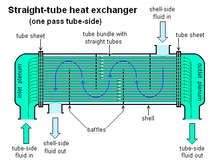This type of heat exchanger is known for being the most basic and affordable of all. With the solid particles of our innovative self-cleaning heat exchanger technology solid particles will be continuously cleaning the walls of the heat exchanger tubes with a mild scouring effect.

What Is An Economizer Boiler Hvac Diy Heat Exchanger
The correction factor is a function of the heat exchanger configuration and the dimensionless parameters R and P C.

. The heat transfer coefficient α is a calculated figure we can use to see indirect what is happening inside a heat exchanger. The fluids may be separated by a solid wall to prevent mixing or they may be in direct contact. Although heat transfer is typically efficient controlling the temperature of the fluid being heated at a specific and stable setpoint can be challenging.
REMOTELY MONITOR and control your boiler water or pool heater anywhere. The fouling materials can consist of either living organisms or a non. The basic heat exchanger equations applicable to shell and tube exchangers were developed in Chapter 1.
For example in building services you might want to transfer heat from a primary loop connected to a boiler over to a separate secondary loop maybe in a district heating network. This heat exchanger consists of two concentric pipes of different diameters. These are shown in Chapter I as a function of fo o R h 1 for the various metals out of which ST Trufin is manufactured.
In an ideal world the internal surface of a heat exchanger stays clean during its operation. Online monitoring of commercial heat exchangers is done by tracking the overall heat transfer coefficient because the overall heat transfer coefficient tends to decline over time due to foulingFouling is the accumulation of unwanted material on solid surfaces to the detriment of function. The best type of heat exchanger depends on design parameters fluid characteristics space and budget.
Next are working pressure flow rate and chemical compatibility requirements. There are four main types of PHE. Its size makes it ideal for tight spaces allowing for some extra flexibility in the layout of the manufacturing process.
Use of these. Heat exchangers transfer thermal energy between fluids. If this is the case the heat transfer will stay constant as well all good.
First there is the thermal load that must be transferred. See the picture to the left. Parts of Boiler and Their Function in the Boilers September 2 2020.
Abstract The objective of this experiment is to study the function and the working of shell and tube heat exchanger. Practical Design Construction and Operation of Food Facilities 2009. However these challenges can be overcome by understanding heat exchanger control schemes implemented in industry.
For a given value of heat duty a shell and tube heat exchanger wa s designed keeping in mind the restraints of pressure drop and mass flow rates on both the shell-side and the tube-side. Any cookies that may not be particularly necessary for the website to function and is used specifically to collect user personal data via analytics ads. The heat transfer rate is mostly governed by the product UA which is the product of surface area and heat transfer coefficient.
Unit 571 New Smyrna Beach FL 32128 386-882-EZCE3923. The main function of the Air Cooled Heat exchanger is the direct cooling of various process mediums by atmospheric air. Regardless of the function the heat exchanger fulfills in order to transfer heat the fluids involved must be at different temperatures and they must come into thermal contact.
Function that the heat exchanger will perform whether condensing boiling etc Pressure limits highlow which may vary throughout the process and pressure drops across the exchanger. This can happen in just a matter of hours in severe cases. The fouling materials can consist of either living.
The simplest heat exchanger is one for which the hot and cold fluids move in the same or opposite directions. Heat can flow only. Calculations on the heat transfer and heat loss were carried out for energy balance study.
Main Criteria for Heat Exchanger Sizing and Selection. From the data collected we found out that configuration of Shell and Tube heat. For that reason we dont have a practical definition for an ideal heat exchanger.
They are widely used in space heating refrigeration air conditioning power stations chemical plants petrochemical plants. Heat exchanger technology and design have come a long way over the years and there has been steady progress to reduce the size and bring compactness of radiators chillers evaporators and condensers to improve conversion efficiencies. Shell and Tube.
Heat Exchanger World is a leading international magazine covering all aspects of the product supply chain of heat exchangers. Even though all heat exchangers perform the same function there are different types that have varied applications. Here we will cite only those that are immediately useful for design in shell and tube heat exchangers.
Air Cooled Heat Exchangers are one of the heat exchanger types frequently used in Process Power Steel and several other Industries where a process system generates heat that must be removed for which there is no local use. The purpose of a plate heat exchanger is to transfer thermal energy between two fluids without the fluids mixing together. In heat exchanger design there is a trade off between the cost of the heat exchanger which is a function of the heat transfer area and of the type of construction and the cost of the heating and cooling media.
A heat exchanger is a system used to transfer heat between a source and a working fluidHeat exchangers are used in both cooling and heating processes. Gasketed brazed welded and semi-welded. Heat Exchanger World is part of the KCI Group of Companies.
The heat exchanger is the core device in virtually every fluid temperature control systemUnfortunately properly selecting a heat exchanger can be a daunting task. A plate heat exchanger is a compact type of heat exchanger that uses a series of thin plates to transfer heat between two fluids. 2 The required relative heat transfer surface area as a function of the ratio of the temperature rise or drop in the fluid stream having the greater change in temperature to the difference in.
Conventional heat exchangers have the problem of severe fouling in the tubes. To accomplish this the hot fluid is brought into contact with the heat storage medium then the fluid is displaced with the cold fluid which absorbs the heat. A regenerative heat exchanger or more commonly a regenerator is a type of heat exchanger where heat from the hot fluid is intermittently stored in a thermal storage medium before it is transferred to the cold fluid.
UA can always be improved by changing the heat exchanger design or just increasing the surface area by getting a bigger heat exchanger. LMTD and heat transfer coefficient also calculated for this experiment. Fouling is the accumulation of unwanted material on solid surfaces to the detriment of function.

Shell And Tube Heat Exchanger Elements Nomenclature Chemical Engineering Heat Exchanger Engineering

What Is Desuperheater The Primary Function Of The Desuperheater Is To Lower The Temperature Of Superheated Refrigerant Or Other Vapo Water Heater Water Heater
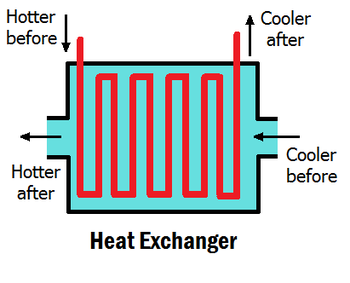
Heat Exchanger Energy Education

Shell And Tube Heat Exchanger Elements Nomenclature Chemical Engineering Heat Exchanger Engineering

Gasket Plate Heat Exchanger Heat Exchanger Heat Graphic Card

Cracked Heat Exchangers Are Dangerous Heat Exchanger Heat Air Heating
Significance Of Heat Exchanger

Desuperheater By Maniks Heat Exchanger Water Heater Heat

Drain Water Heat Recovery Water Heating Drain Water Heater
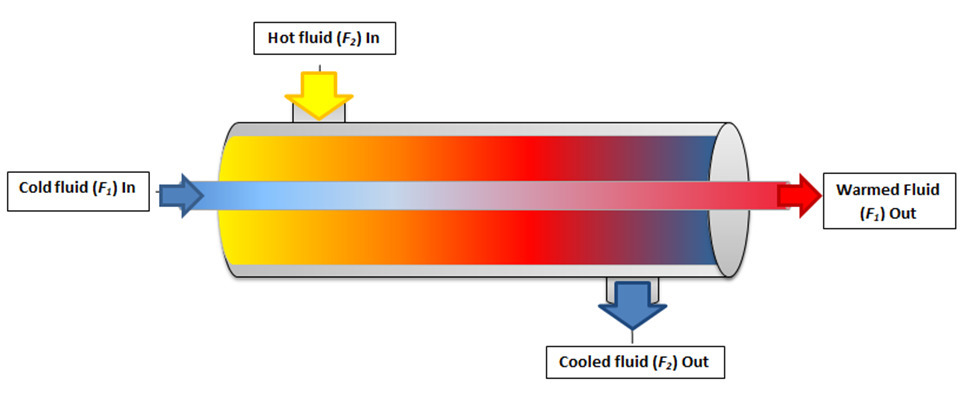
Understanding Heat Exchangers Types Designs Applications And Selection Guide

Heat Exchanger Energy Conversion Britannica
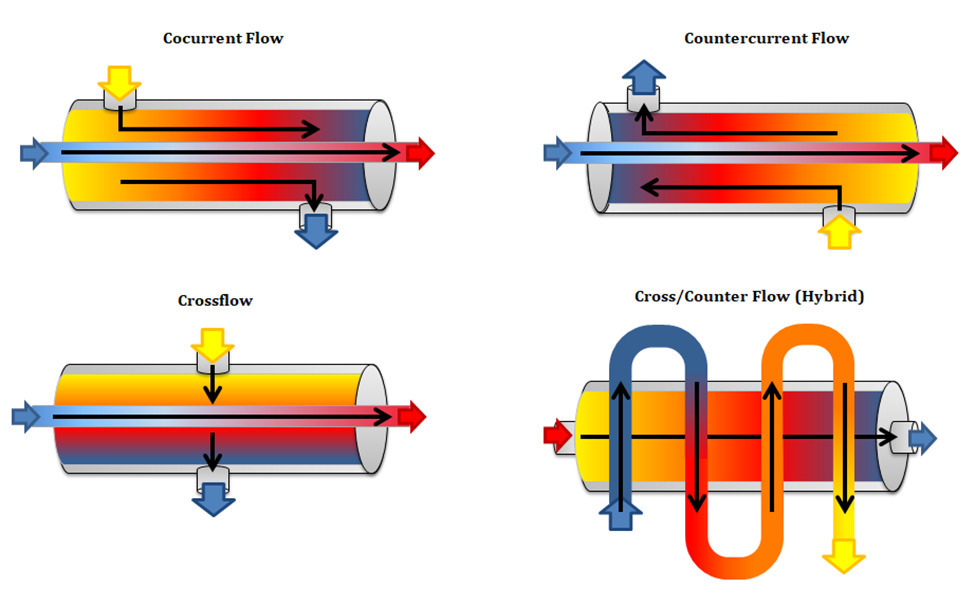
Understanding Heat Exchangers Types Designs Applications And Selection Guide

What Exactly Does A Heat Exchanger Do Black Hills Inc
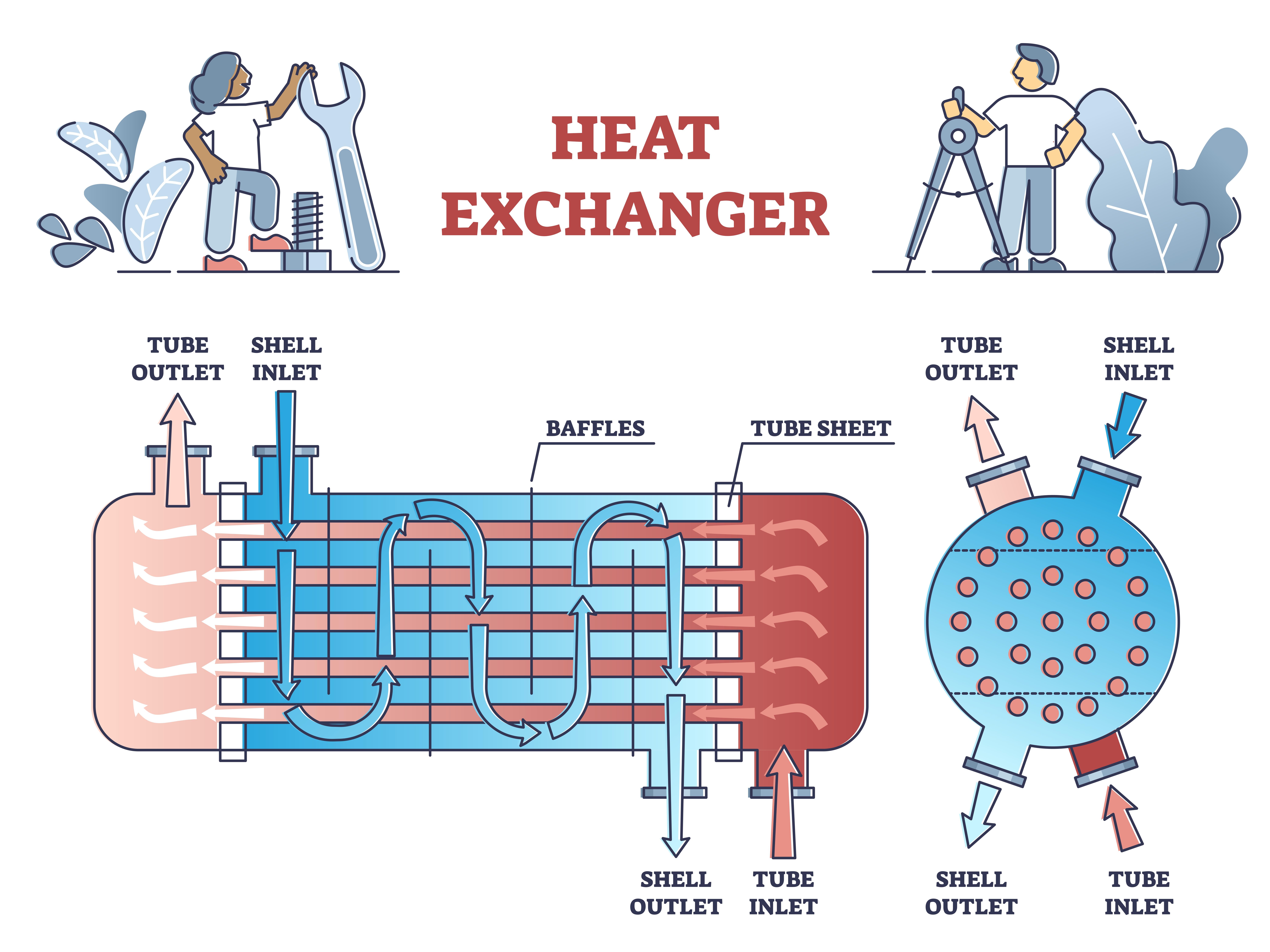
Heat Exchanger Basics Klaren International

Heat Exchanger Manufacturer Heat Exchanger Solar Heating Radiant Floor Heating




